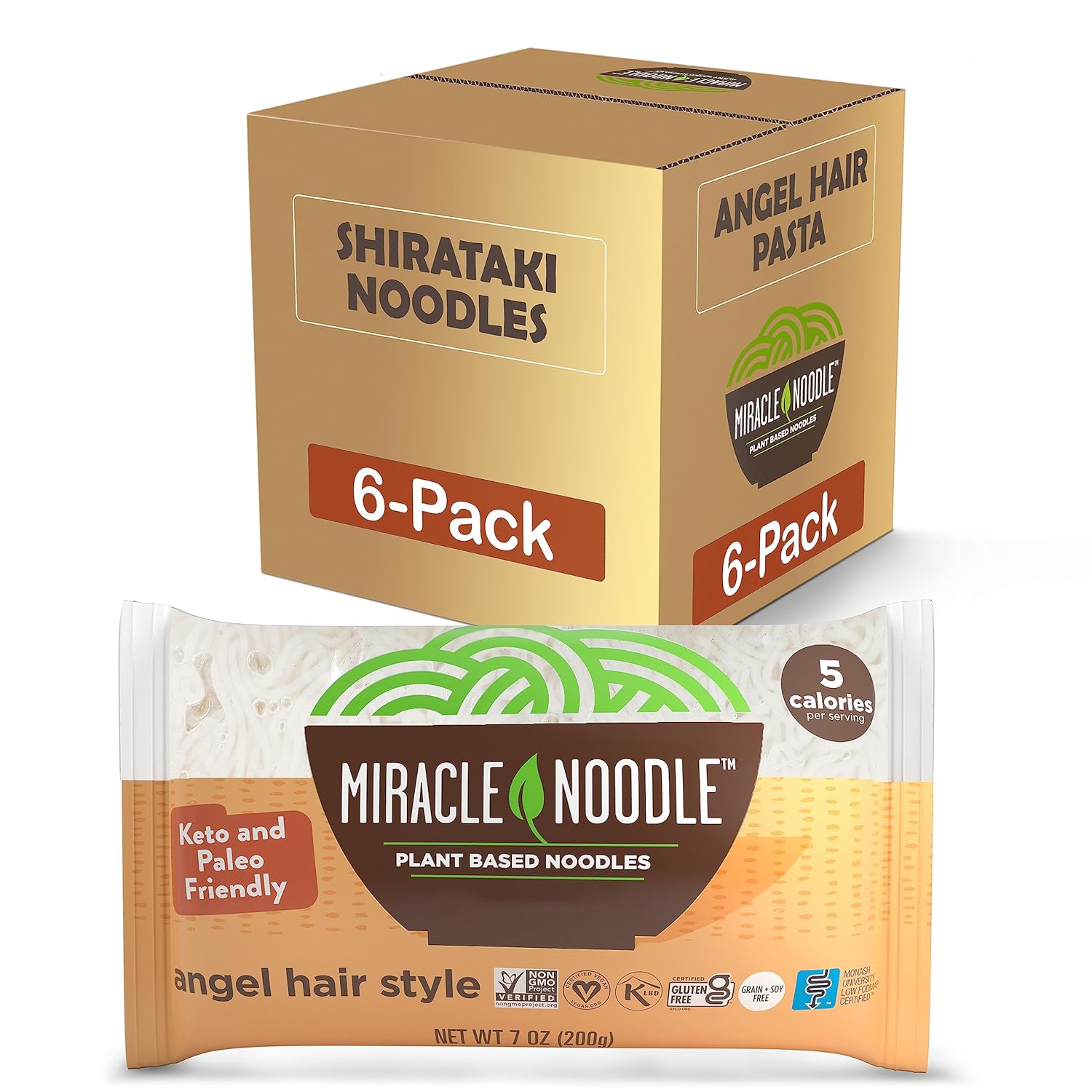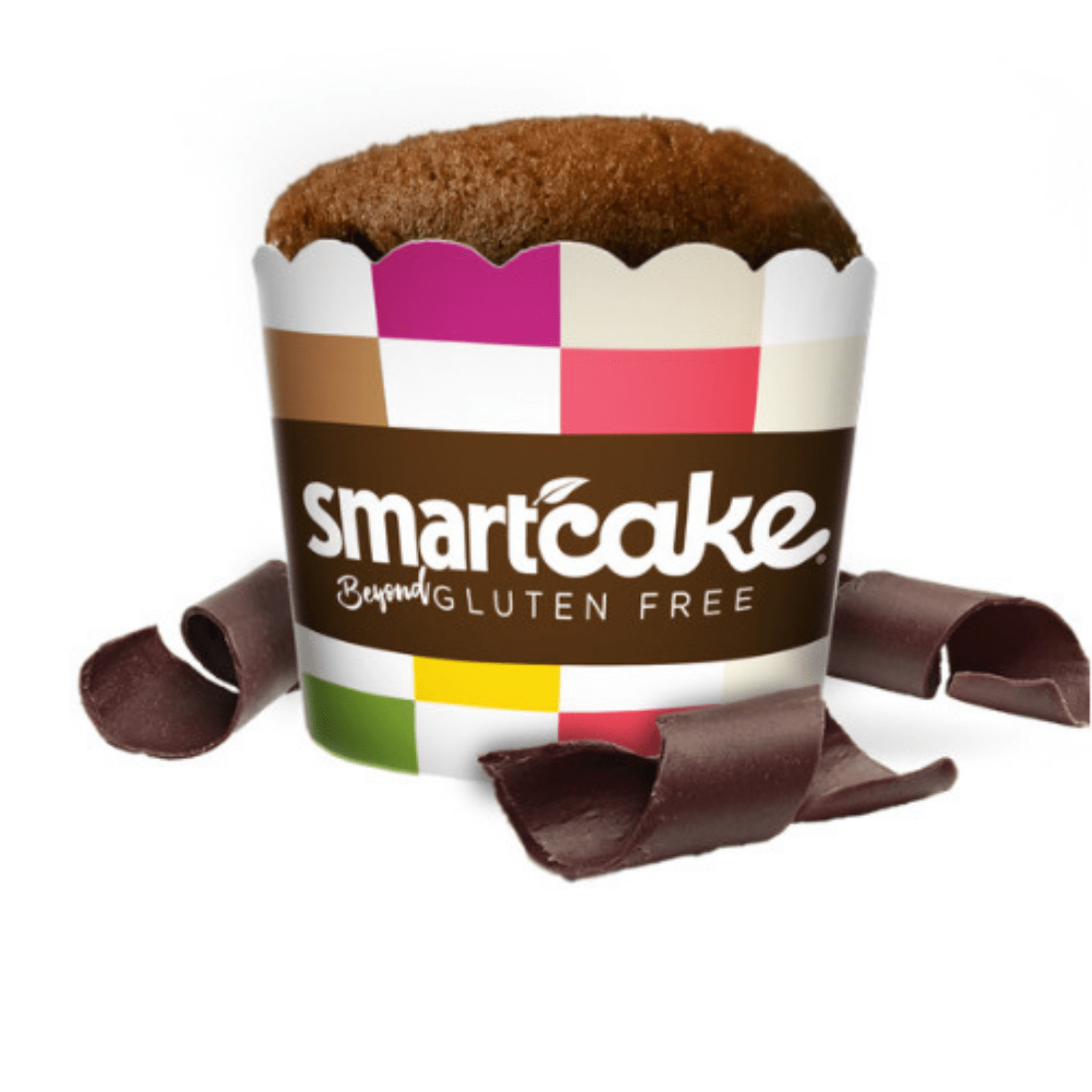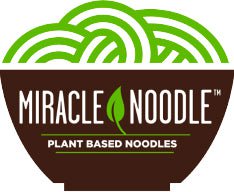The next time you’re in the supermarket, take notice of all the gluten-free products: waffles, bread, ice cream, soy chips, cereals...the list is nearly endless. In fact, the gluten-free industry is now worth over $6 billion, up more than 33 percent since only as recently as 2009.
Why the booming growth in the gluten-free market? The rates of gluten--which is the protein in wheat and other grains--sensitivity has exploded over the years.
The National Institutes of Health, in conjunction with the University of Chicago’s Celiac Disease Center released statistics that estimated up to 10% of the U.S. population may be sensitive to gluten. Extreme sensitivities to gluten can lead to Celiac Disease, an autoimmune disorder, which is thought to afflict 1 out of every 133 Americans, or roughly 3 million people.
But a whopping 97% of Americans estimated to have Celiac’s are undiagnosed, according to the latest research.
Gluten sensitivity: a true food allergy?
After you eat, say, a couple slices of whole wheat bread, even 100% organic whole wheat bread, do you become congested, or phlegmy, or have puffy, watery eyes? These symptoms, though they are mild compared to some of the over 300 symptoms associated with Celiac’s Disease, could be associated with gluten intolerance.
But gluten intolerance isn’t necessarily a food allergy, rather, it’s a physical malfunction that transpires in the gut. Perhaps one of the biggest reasons why the rates of gluten intolerance has spiked is because wheat is not the same crop it was centuries or even decades ago. Thanks to mass farming techniques, genetically-modified organisms and modern processing, the wheat proteins--gluten--are unrecognized by the body.
Think of gluten as a giant party crasher in your small intestine. Gluten acts as a rag-tag army of annoying, loud, unwelcome guests that resemble Visigoths ransacking not only the house, but an entire village. That village is the microvilli, those microscopic finger-like protrusions in the gut that absorb nutrients and direct them into the bloodstream so that we can benefit from nutrients like vitamins and minerals.
With the microvilli attacked and overwhelmed, not as many of the good party guests--nutrients--can get in. Bloating, constipation, skin conditions, depression, and a whole other host of unwanted outcomes can arise.
How do you know if you are gluten sensitive?
You can take a blood test to see if you are allergic to the major wheat protein called gliadin. But there are five other wheat proteins that can induce symptoms. So if you do get tested, ask whomever is administering if all six wheat proteins are included in the test.
In addition to obvious gastrointestinal problems, some other signs that you are gluten sensitive include:
-
--Emotional issues like irritability and moodiness
-
--Neurological conditions such as loss of balance
-
--chronic fatigue
-
headaches and migraines
Miracle Noodle to the rescue
What a bummer it would be if you were told that you have a sensitivity to gluten and that you should cut out as much as possible, or in more extreme cases like Celiac Disease, completely eliminate gluten from your diet.
What, no pasta? A world without your favorite noodle dish would be a sad, sad world. Thankfully, Miracle Noodle is gluten-free and contains no calories or carbohydrates. It really soaks up the flavor of whatever (gluten-free) sauces--avoid soy sauce if you want to go gluten free, by the way--you use in your regular high-carb and high-gluten dish.
Transitioning to a gluten-free diet does not mean you have to give up tasty meals. Miracle Noodle is so easy to cook with--simply drain, rinse and lightly boil for a couple minutes--and is comprised entirely of fiber so you can literally eat your favorite noodle dish every day.
In fact, if you’re ready to give cooking with Miracle Noodle a try, we’re offering up the Miracle Noodle Recipe Book free for a limited time. It’s normally a $29.97 value. It’s over 80 pages and contains lots of gluten-free noodle recipes.
Gluten-free educational emails from Miracle Noodle
Over the course of the next couple weeks, you’ll receive emails that talk more about gluten and gluten sensitivity and how you can transition to a gluten-free diet. In the meantime, continue to enjoy your favorite comfort foods thanks to the miracle of Miracle Noodle.
Get almost 30% off Miracle Noodle
Share the joys of eating all the noodles you want without the guilt. As incentive, when you share Miracle Noodle on Facebook, Twitter or via email, and your friends click your share link, both you and your friend will receive 13% off your next order. Here’s the link: ?saopen=share …
Save an additional 15% off every order by enrolling in the Miracle Noodle autoship program. Choose which products you want delivered and how often. It’s that simple. Join today!


